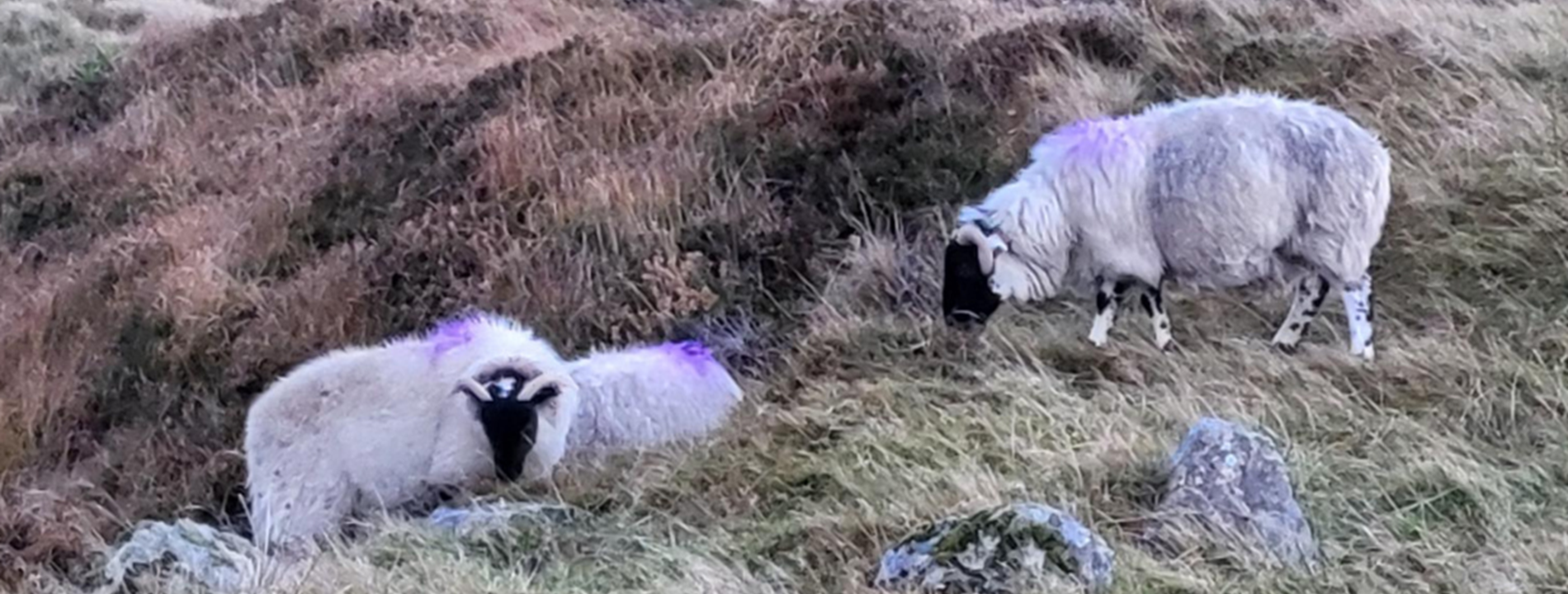Preventive Veterinary Medicine
Abstract
Sheep scab causes economic losses and animal welfare problems and has proven difficult to control in the UK. Research has highlighted the importance of developing place-based approaches to understanding and controlling sheep scab. This paper builds on this literature through introducing the concept of marginality in the case study of managing sheep scab on the island of Lewis and Harris in the Scottish Western Isles. The paper also proposes steps for developing a place-based understanding of biosecurity.
The research draws on interviews and workshops with crofters analysed using thematic analysis. Crofting is a unique system of land management particular to Scotland. Crofters have the right to manage a small area of private land and access to a larger area of common grazing. The research found that there was a tension between the cultural heritage and social benefits of traditional crofting practices of common grazing and communal husbandry of sheep and the biosecurity imperative to reduce the mixing of sheep to prevent the spread of disease. Dynamics of marginalisation were also disrupting established husbandry practices through a lack of people and loss of sheep from the land.
The crofters also identified collective actions they could take to tackle sheep scab, including collective dipping and controlling the movement of animals onto the island. Previous research has shown that in marginalised areas, social capital: networks between people, are not a panacea for bringing about positive change and additional resources from outside may be needed.
Based on the findings of this research we suggest three phases for developing a place-based conception of biosecurity for livestock keepers. The first phase is to understand both the biosecurity challenges facing communities and cultural and social aspects of farming systems that are important to a region. The second is to facilitate livestock keepers to co-produce their own priorities for biosecurity that allow them to address disease management challenges in their own constraints. The third phase is to enable communities to implement measures in their context. This can involve facilitating access to potential financial resources, equipment, expertise and links with other community groups. These phases will facilitate them in developing their definition of place-based biosecurity. This paper addresses the first and preliminary research on the second stages of this process. Further research will lead to actions on the third phase to help crofters in Lewis and Harris to put a place based communal understanding of biosecurity into practice.

